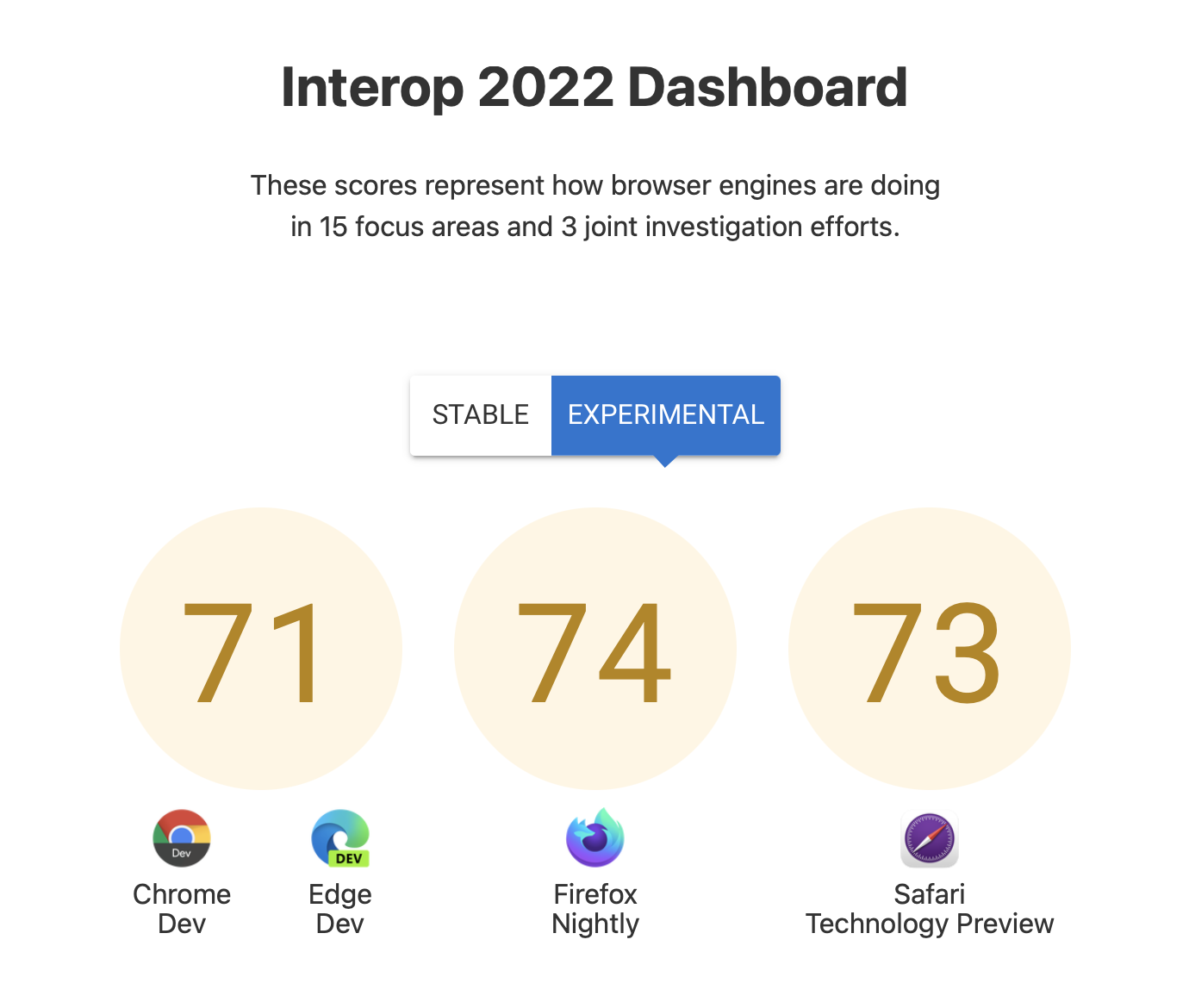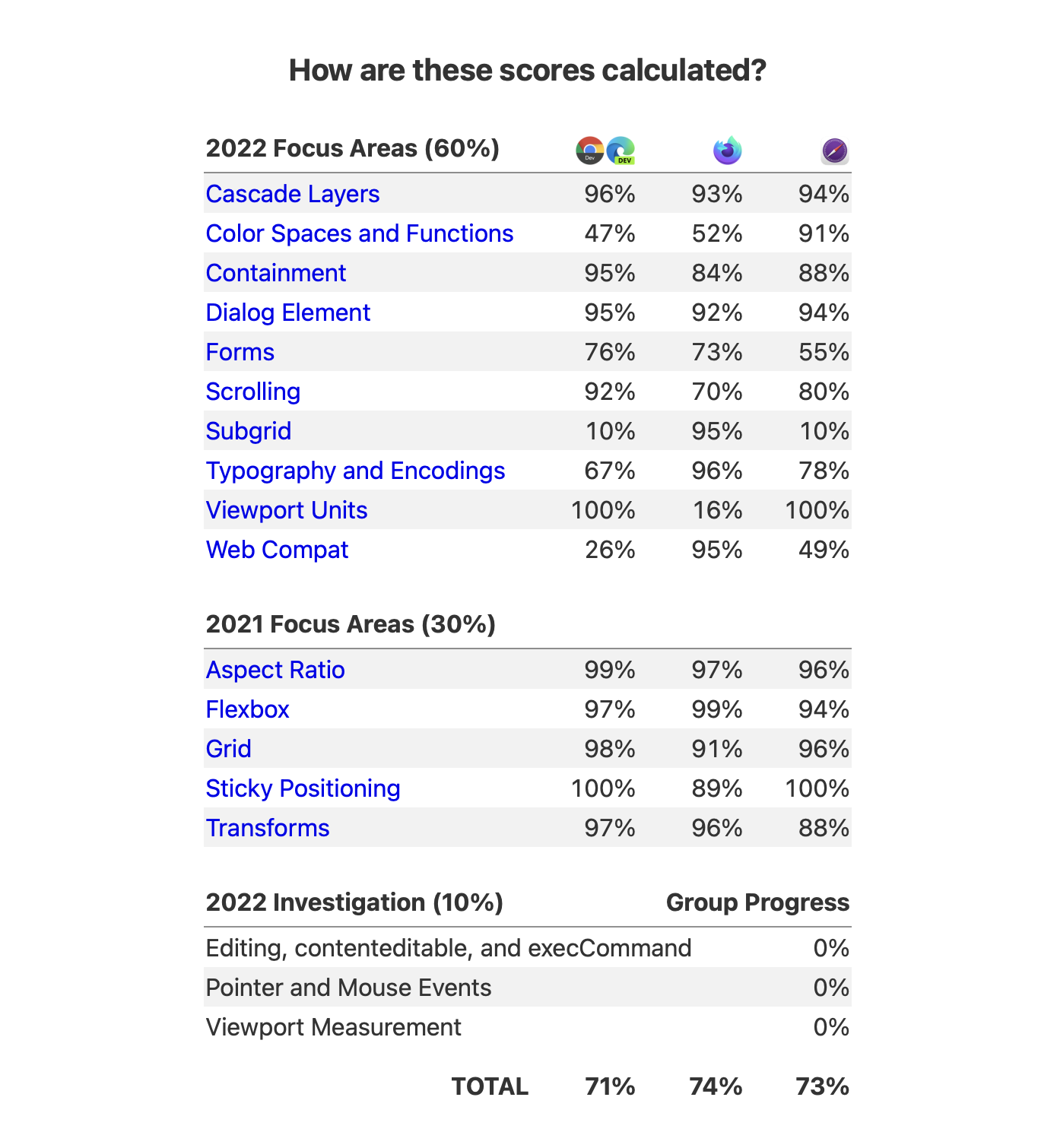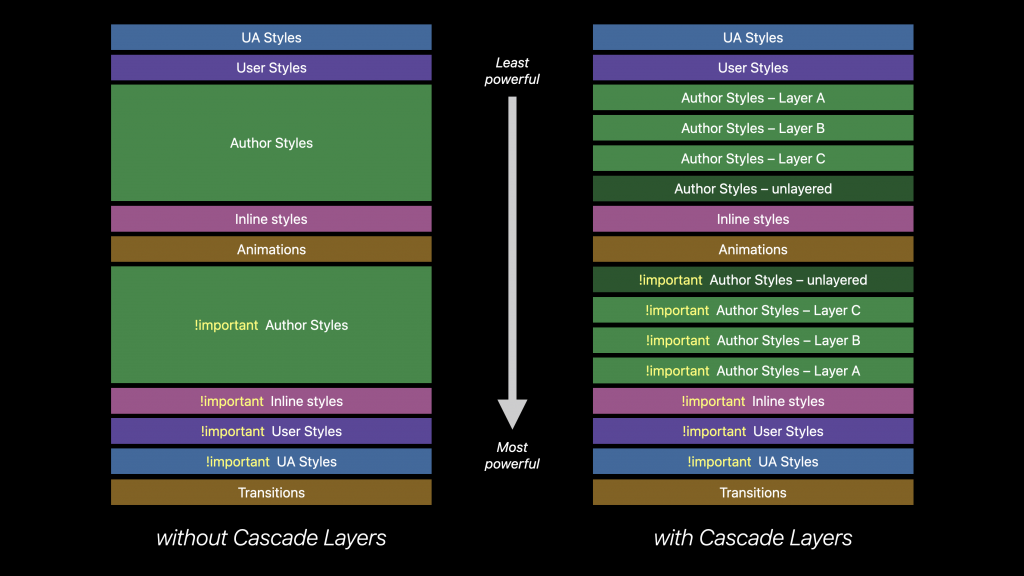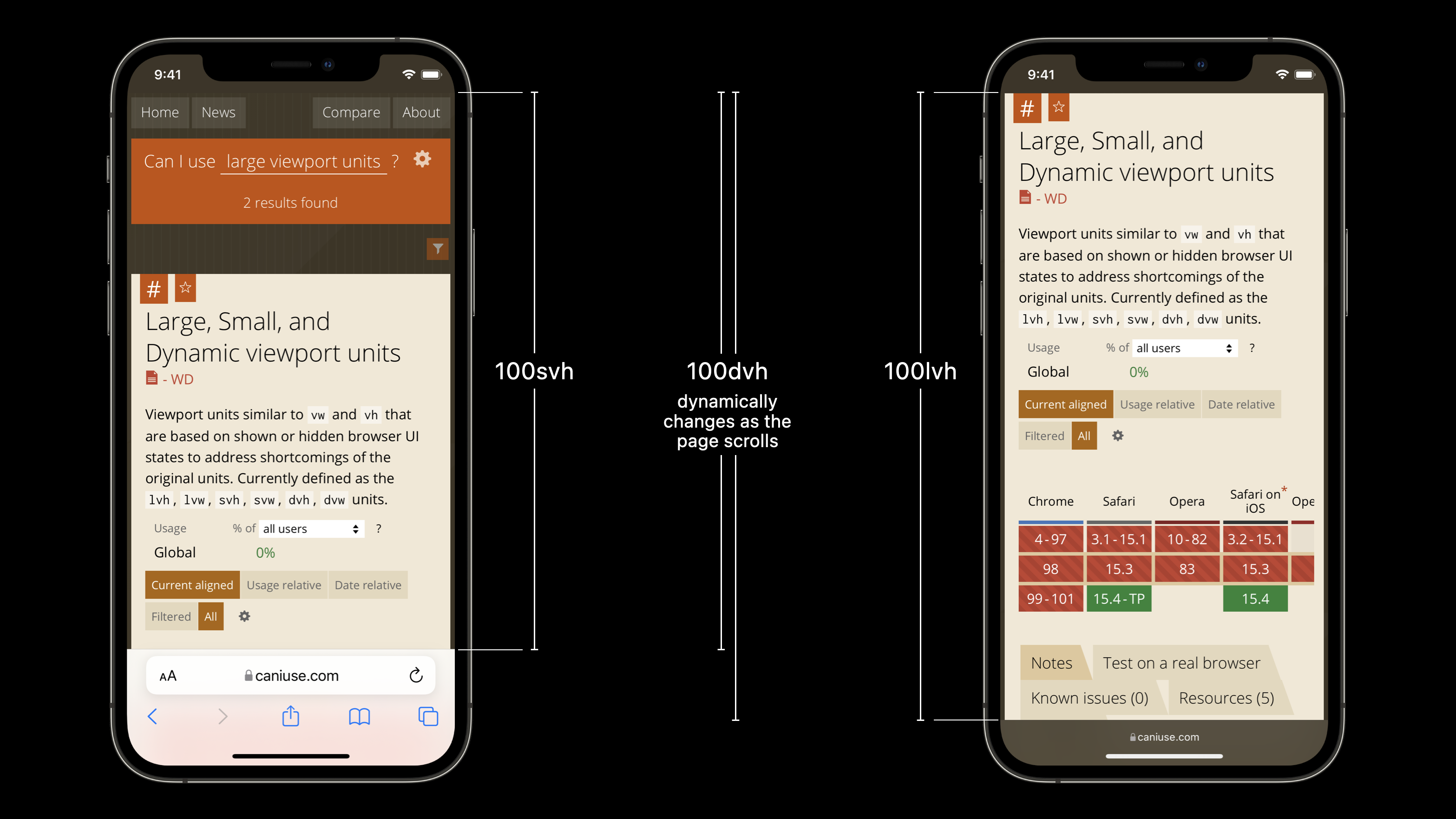Working together on Interop 2022
From the very beginning, the web was always intended to work in any browser, on any computer. This is possible through interoperability — when each underlying web technology is implemented in the same way in every browser. To reach interoperability, it takes a commitment from all browser engineers to implement web technology according to web standards — the incredibly detailed specifications where new technology is defined.
In 2022, Apple, Bocoup, Google, Igalia, Microsoft, and Mozilla have come together to commit to improve interoperability in 15 key areas that will have the most impact on web developer experience, in a project called Interop 2022.
At its root, Interop 2022 is an evolving metric generated from a set of automated tests that aims to evaluate support for certain web standards that are most important for web developers. The Interop 2022 dashboard will constantly update throughout the year, showing progress as browser engineers fix bugs, implement new features, and improve the tests.

The group planning Interop 2022 chose ten new focus areas to add to the five areas from Compat 2021. We also committed to several investigation projects, which will begin this spring.

Focus areas
Chosen from a list of proposals, with an eye to what web designers & developers want and need most, the ten new focus areas for 2022 are:
- Cascade Layers
- Color Spaces and Functions
- Containment
- Dialog Element
- Form Fixes
- Scrolling
- Subgrid
- Typography and Encodings
- Viewport Units
- Web Compat
Let’s take a quick tour of each.
Cascade Layers
Designed to soothe the frustrations of web developers wrestling with CSS on large projects, Cascade Layers provides a powerful way to organize styles into layers, where specificity is calculated independently inside each layer.

A website could create a “framework” layer and a “custom” layer — assigning all the CSS from a 3rd-party framework to framework layer, writing their own code in the custom layer. They could designate that everything in the custom layer should beat everything in the framework layer, no matter the specificity of the selectors being used.
Color Spaces and Functions
In the early days of the web, most sites restricted their use of color to a specific palette of 216 colors. Then for a long time, web developers used anything in the sRGB color space, and typically expressed those colors in hexadecimal, rgb(), rgba(), or hsl(). Meanwhile, camera and monitor technology have greatly evolved to capture and display a wider and brighter range of colors. Today’s Apple displays support the Display P3 color space, which is about 50% wider than sRGB.
New color functions and support for new color spaces bring this vibrancy to the web. Interop 2022 includes testing for support of three expanded color spaces (LAB, LCH, P3), and two ways to write color in CSS through functional notation: color-mix and color-contrast.
Learn more about color spaces and functions in Improving Color on the Web, Wide Gamut Color in CSS with Display-P3, and Wide Gamut 2D Graphics using HTML Canvas.
Containment
For several years now, web developers’ number one most requested addition to the web has been Container Queries. It will be a powerful tool in CSS for identifying and measuring the size of a specific container, and then conditionally applying styles based on that size. It’s like media queries, but instead of measuring the size of the viewport, you measure the size of a box holding the content.
Containment is foundational to making Container Queries work. In fact, Container Queries is defined in level 3 of the Containment specification. The group driving Interop 2022 didn’t come to consensus to include Container Queries this year. But we did agree to focus on the interoperability of layout, size, and paint containment through the containment property, setting the stage for prioritizing the interoperability of the rest of Containment and Container Queries in the future.
Dialog Element
Another long-requested feature for the web, the dialog element provides a robust and powerful way to create overlays and modals. The ::backdrop pseudo-element makes it possible to style the background underneath the modal. You can learn more about how to use <dialog> and ::backdrop in Introducing the Dialog Element.
Form Fixes
Forms are another area where web designers and developers find interoperability challenges — ones that the Open UI community group and appropriate standards bodies are working to solve. Interop 2022 is contributing to this work by focusing on improving the pass rates for existing tests of existing specs. This includes the appearance property, <form>, events on disabled form controls, and bugs with input elements, form submission, and form validation.
Scrolling
Today’s websites and web apps care more deeply about how scrolling works than ever before. Scroll snap provides the tools for designers and developers to control how interfaces scroll and how content appears. The scroll-behavior property in CSS sets the behavior for a scrolling box when scrolling is triggered by the navigation or CSSOM scrolling APIs. The overscroll-behavior CSS property determines what a browser does when reaching the boundary of a scrolling area.
Subgrid
CSS Grid shipped five years ago in March 2017, revolutionizing what’s possible in layout design on the web. Subgrid is defined in CSS Grid level 2, and provides an easy way to put grandchildren of a grid container on that grid. It will make it possible to line up items across complex layouts, without any regard for the DOM structure. The vision of a working layout system on the web will be more fully realized with Grid and Subgrid together.
Typography and Encodings
Typography and encodings encompasses a collection of tests that impact typography on the web. Font Features are powerful properties for refining typography, but incomplete support has been making them harder to use then they’re supposed to be. The vast majority of the encoding tests pass in every browser, but a handful do not, so they’ve been included. And the ic unit is included.
Viewport Units
Web developers often ask for a tool that would work similar to viewport units, but work better on mobile devices where the dimensions of the browser’s viewport change as a user scrolls the page. The new Viewport Units are that solution. 100svh refers to 100% of the height of the smallest possible viewport. 100lvh refers to 100% of the height of the largest possible viewport. 100dvh refers to 100% of the dynamic viewport height — meaning the value will change as the user scrolls.

There are other new viewport units as well — svw, lvw, and dvw serve the same purpose, for width. And there are new units to refer to the inline or block dimensions of the viewport.
Web Compatibility
There are many scenarios that could impact web compatibility. For example, specific bugs in browsers could disproportionately cause some websites to not work as intended, or perhaps one browser may vary from the web standard, causing an inconsistent and buggy experience for website or web app users. Interop 2022 aims to capture and address these issues through the web compatibility measurement.
Investigation Projects
There were several other items that the group knows are important to web development, but which cannot yet be easily evaluated by automated testing. We’ve committed to embark on several investigations in these areas — to manually test browsers, to determine if and how automated testing could be more helpful, to improve the infrastructure of WPT itself, to discover where there might still be a lack of interop, and to make suggestions to the appropriate standards groups. The three areas of investigation are:
- Editing, contenteditable, and execCommand
- Pointer and Mouse Events
- Viewport Measurement
Each browser will always have the same result for “2022 Investigation”, based on how much work has been accomplished by the group as a whole.
Our Commitment to Interoperability
All of these technologies are important to Apple and to everyone working on WebKit. We care deeply about the health of the web, and interoperable implementations of web standards. We welcome collaboration with our colleagues in the many web standards organizations, and in Interop 2022 to make the web as interoperable as it can be. Because that’s how websites and web apps will work best for the people who matter most — everyday people using the web to live their lives.
For more
Read more about Interop 2022 in articles from Bocoup, Google, Igalia, Microsoft, and Mozilla.